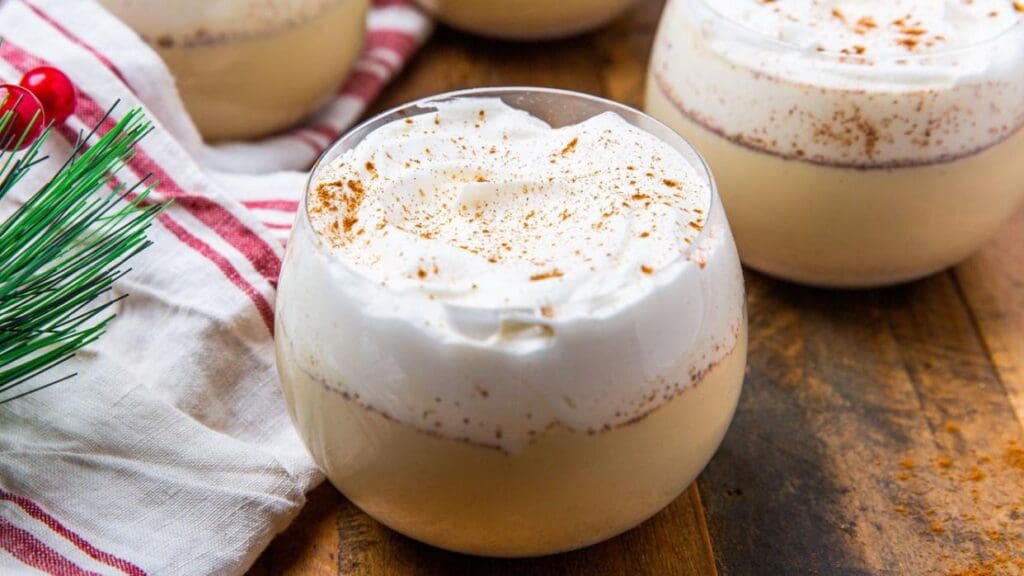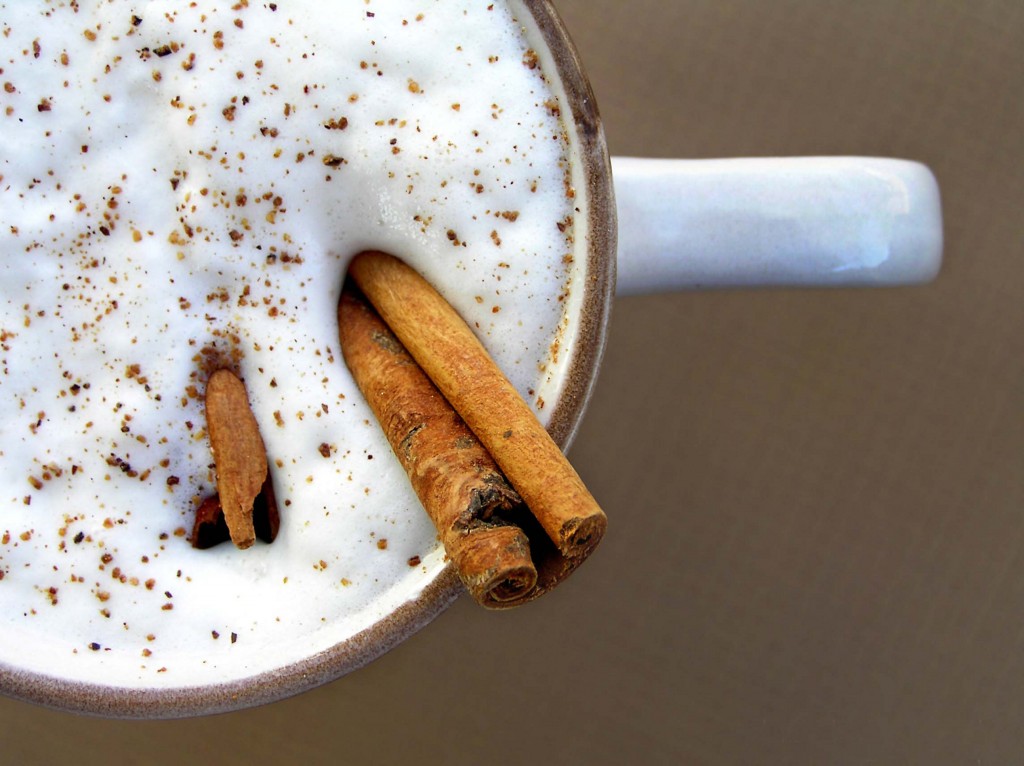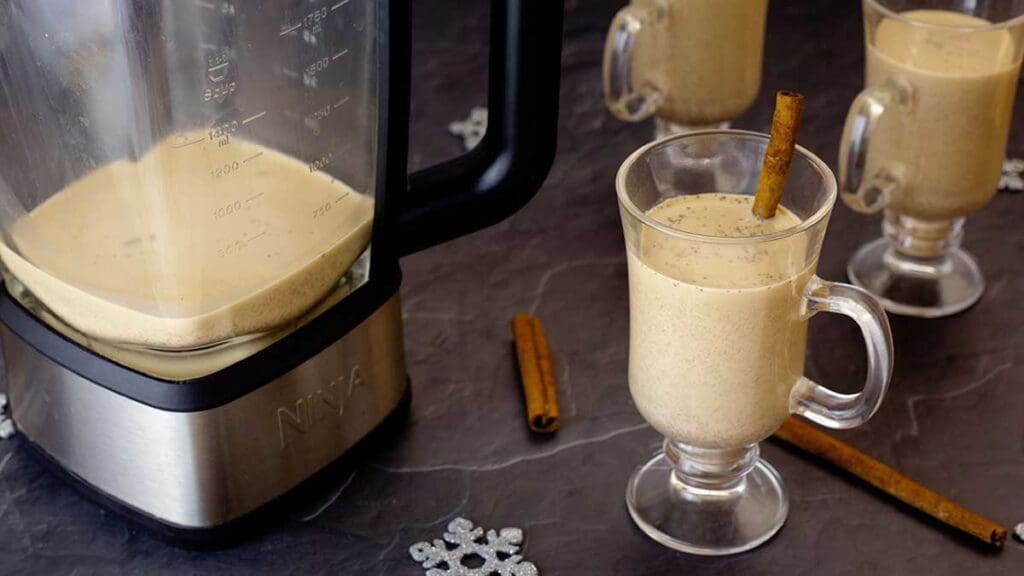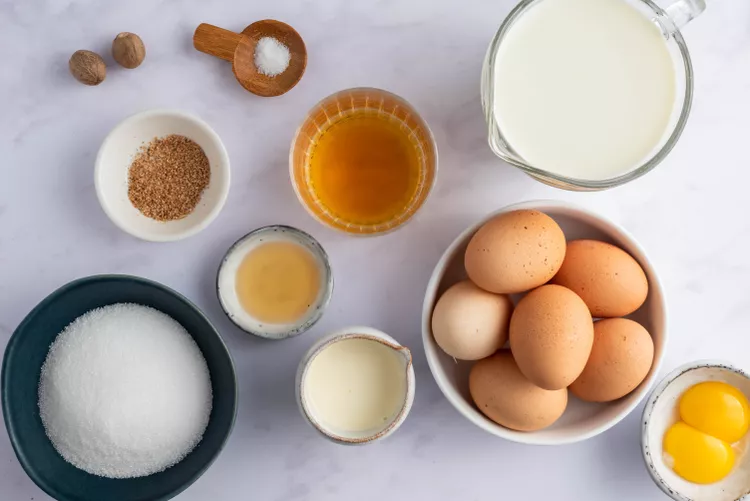
Hate it or love it, when it comes to holiday symbolism, there’s snow, evergreen trees, Santa Claus, and eggnog (not necessarily in that order). But how did the holiday drink become such a staple in our celebrations?
History of Eggnog
Like many classic drinks, no one is exactly sure how eggnog first came to be. To find out, you’d likely have to time travel back to medieval Britain, where it’s believed the drink got its start. The working theory from the experts involved is that monks at that time were drinking a concoction called posset, which was a warm ale made with eggs and figs, and eventually they added milk to make it more closely resemble what we know today as eggnog.
American colonists took that idea with them to the colonies and started to add rum (which was cheaper and boozier) and boom: an American classic was born.
What does Eggnog Taste Like?
Never tried eggnog? As you might guess just from looking at it, eggnog is creamy and sweet, almost like a liquid custard. It also typically includes spices and seasonal flavors like cinnamon, nutmeg, and vanilla. Give it a try this holiday season!

How is Eggnog Served?
Eggnog is typically served cold, but can be made warm if you’re into that. Traditionally, it’s made with alcohol, but these days it’s easy to get your hands on some non-alcoholic ‘nog. And you can always spike it yourself.
If you’re looking to impress some holiday houseguests, we’ve seen eggnog dressed up with cinnamon sticks, whipped cream, caramel rims, and freshly ground nutmeg as garnish.
What Else can You Use Eggnog for?
Have leftover eggnog and don’t know what to do with it? We’ve heard it’s great to add to coffee, or to use in a homemade eggnog milkshake. If you’re feeling adventurous, you can also bake it into pancakes, muffins, or biscuits, but you’re gonna need to go to a different website to find those recipes. Baking isn’t our thing.

Is Eggnog Dangerous to Drink?
With any recipe that uses raw eggs, there is always some concern around the potential for food poisoning. Most store-bought eggnog is pasteurized, so you won’t need to worry about that, and if you’re making it at home, blending your eggs for long enough will get them up to the 160º needed to kill any salmonella. You can also find pasteurized liquid eggs or egg whites at most stores, if you want to play it safe.

How to Make Eggnog
Feeling confident in your skills in the kitchen? You can always make your own eggnog at home! This recipe is pretty easy, and makes about five servings, so you can share with friends and family this holiday! You’ll need:
- 4 large eggs
- ½ cup maple syrup
- 1 ½ cup milk
- 1 cup heavy cream
- ⅓ cup brandy
- ⅓ cup rum
- 1 teaspoon nutmeg
- Cinnamon sticks for garnish
First, add the eggs and maple syrup to a blender. Blend on high speed for 4 minutes. Then you can add the milk, heavy cream, brandy, rum, and nutmeg. Once combined, add the mixture to an airtight container and refrigerate until it’s cold. Then you’re ready to serve! Give it a stir, and pour into your glasses. Add a cinnamon stick and some ground nutmeg as garnish, and enjoy!
What are you spiking your eggnog with this winter? Let us know by leaving a comment!

